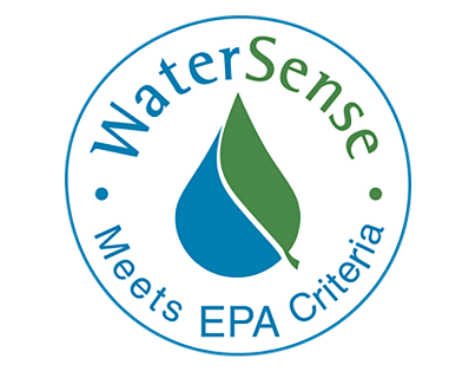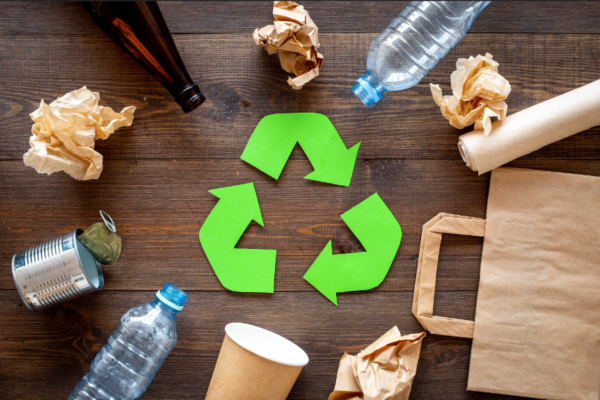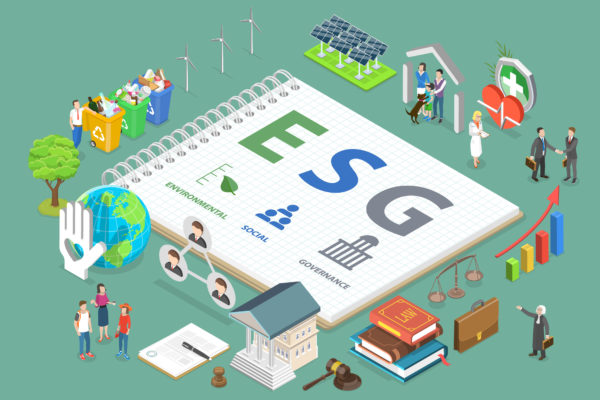Water usage is a data input that you’ll report when you calculate your business’s carbon footprint. For this reason, your ability to reduce the number of gallons of water your business uses yearly will support lowering your overall emissions.
Water and sewer rates have risen roughly 13% per year since 2001, much faster than the rate of inflation. This puts pressures on small businesses to manage the financial impact – but for carbon neutral businesses, this challenge can also be an opportunity to save on water usage.
Here are three easy steps to help manage your water usage and lower your bills:
- EPA WaterSense Rebate Finder can help you find rebates for water saving products through your water utility. If your water company doesn’t offer rebates, check your gas utility company’s incentives website to see if they have a similar program, since saving hot water saves gas as well!
- Contact a local plumbing contractor to help you with return-on-investment calculations, product selection, and installation. Even if rebates are not available, upgrading to low flow fixtures and fittings often comes with a fast payback period. Installing low-flow faucet aerators can also be a fun and environmentally friendly DIY project.
- Commercial and institutional facility managers can also use various WaterSense tools to help develop a water fixture inventory, track water consumption over time, and select water saving measures, some of which come at no or low cost.
Let’s look at some categories of water saving devices that can help achieve reductions.
Low Flow Fixtures
Low flow water fixtures such as faucets, sinks and showerheads use less water than traditional fixtures for the same everyday tasks. Most low flow efficient models will have the EPA WaterSense label meaning it meets strict water-reduction standards.

Low Flow Pre-rinse Spray Valves
Pre rinse spray valves (PRSVs) are handheld devices used to scrape food from dishes before loading them into the dishwasher. Traditional pre-rinse spray valves use 3-5 gallons per minute (gpm). However, in 2017, the EPA reclassified high efficiency PRSVs as ranging from 1.00-1.28 gpm. This means your PRSVs could be doing more work for you with more efficiency.
Performance of PRSVs is defined by “cleanability” which is the time it takes to rinse tomato paste from a plate, in seconds. Efficient models have a cleanability of less than 26 seconds. Replacing a traditional model with a high-efficiency PRSV can save a commercial kitchen 84 gallons per hour, 7,000 gallons of water per year, and as much as $100 to $300 per year. California Energy Wise offers a calculator that can estimate energy and water savings from high-efficiency models. High-efficiency PRSVs are a simple upgrade which can be installed by many utility providers.
Low Flow Toilets
EPA estimates that 26% of legacy commercial toilets have flush volumes as high as 3-7 gallons per flush (gpf). The current federal standard is 1.6 gpf, but WaterSense models use no more than 1.28 gpf, making them the most efficient option. During construction or renovations, consider replacing your toilets with WaterSense certified options to save 20% over the federal standard. There are also dual flush toilets that uses approximately 0.9 gpf for liquid waste and 1.5 gpf for solid waste. A building with 1,000 people can save 1.2 million gallons of water and $10,000 per year by switching to WaterSense toilets.
Low Flow Faucets
The standard faucet flow is 2.2 gpm, while WaterSense labeled faucets use a maximum 1.5 gpmWa, reducing water consumption by 30%. Replacing inefficient faucets saves the average home 700 gallons of water per year. If all old faucets were replaced across the US, it would save 69 billion gallons of water annually, equivalent to the annual household water use for 680,000 American homes. WaterSense aerators, which come in both spray and laminar flow patterns, can also be attached to existing faucets to lower flow rates.
The Bottom Line
While you’re shrinking your water bill you will also be helping the community by minimizing the effects of water shortages, guarding against rising costs, and preserving a precious natural resource that is used by essential services such as fire departments, hospitals, street cleaners and restaurants. Also, while municipal water consumption contributes less to your carbon footprint than electricity or natural gas, there are still greenhouse gas emissions associated with the pumping and treatment of the water that you use. Overall, reducing water consumption is a win-win action for the environment, our communities, and your business.




